When equipping your operation with packaging machinery, the choice between renting and purchasing can significantly affect productivity, budget management, and access to modern technology. Each approach has distinct benefits based on your production needs, financial capacity, and long-term goals.
A common question arises: Is renting the better option for flexibility and lower upfront costs in fast-changing operations, or does buying provide more control and long-term savings?
This guide examines the best benefits of renting packaging equipment vs. buying highlighting financial considerations, operational advantages, potential drawbacks, and essential decision factors.
After reading, you’ll have a clear perspective on which approach fits your business needs and operational goals.
Key Takeaways:
- Ideal for seasonal demand, project-based work, or fluctuating production volumes, allowing operations to scale quickly without large upfront investments.
- Best for stable, high-volume operations where customization, workflow integration, and asset ownership are priorities.
- Rentals can be treated as operating expenses, reducing capital outlay, while purchases require upfront investment but create tangible assets.
- Rentals provide the latest equipment and upgrades without long-term commitment; buying limits you to owned systems unless reinvestment occurs.
- Renting reduces idle equipment costs and supports testing new workflows, while owning ensures consistent performance, deeper integration, and process optimization.
- Combining renting for peak periods or testing new equipment with owning core machinery can optimize both agility and long-term ROI.
Why Packaging Equipment Matters for Operational Success?
Packaging equipment is more than just machinery, it’s a critical part of efficient, safe, and scalable operations. Choosing the right equipment directly impacts productivity, quality, and workplace safety.

With the right equipment, you can:
- Streamline workflows. Automated and ergonomic systems reduce repetitive manual labor, speeding up packaging cycles and freeing your team for higher-value tasks.
- Maintain consistency. Proper equipment ensures uniform handling, accurate filling, and consistent sealing, cutting down on material waste and product damage.
- Protect workers. Ergonomic designs and automation minimize strain, bending, and lifting injuries, creating a safer work environment.
- Scale production seamlessly. The right tools allow operations to adjust output quickly, whether responding to seasonal spikes or expanding production lines.
Think of packaging equipment as the foundation of your operation. Without reliable machinery, even skilled workers and best practices can fall short, limiting efficiency, consistency, and safety.
If you’re looking for packaging equipment supplies that balances performance, safety, and reliability, John Maye Company provides expert guidance, a wide range of automated and manual systems, and dedicated support to keep your operation running smoothly.
Contact us today to find the right solution for your workflow.
For optimal results, integrate palletizing with dependable upstream equipment such as case erectors and case sealers, ensuring cartons are properly formed and securely sealed before stacking.”
Renting Packaging Equipment: A Smart Operational Choice
For many businesses, purchasing packaging equipment outright may not always be the best option. Renting provides a flexible alternative that helps operations remain agile, reduce financial risk, and adapt to changing production needs.
With rental solutions, you can access modern equipment, scale quickly during peak seasons, and avoid the long-term commitment of ownership.
Once you understand how rental works and the flexibility it offers, the benefits become clear.
Key Advantages of Renting Packaging Equipment
Renting is increasingly popular for businesses looking to stay flexible and cost-efficient. Strategic benefits include:
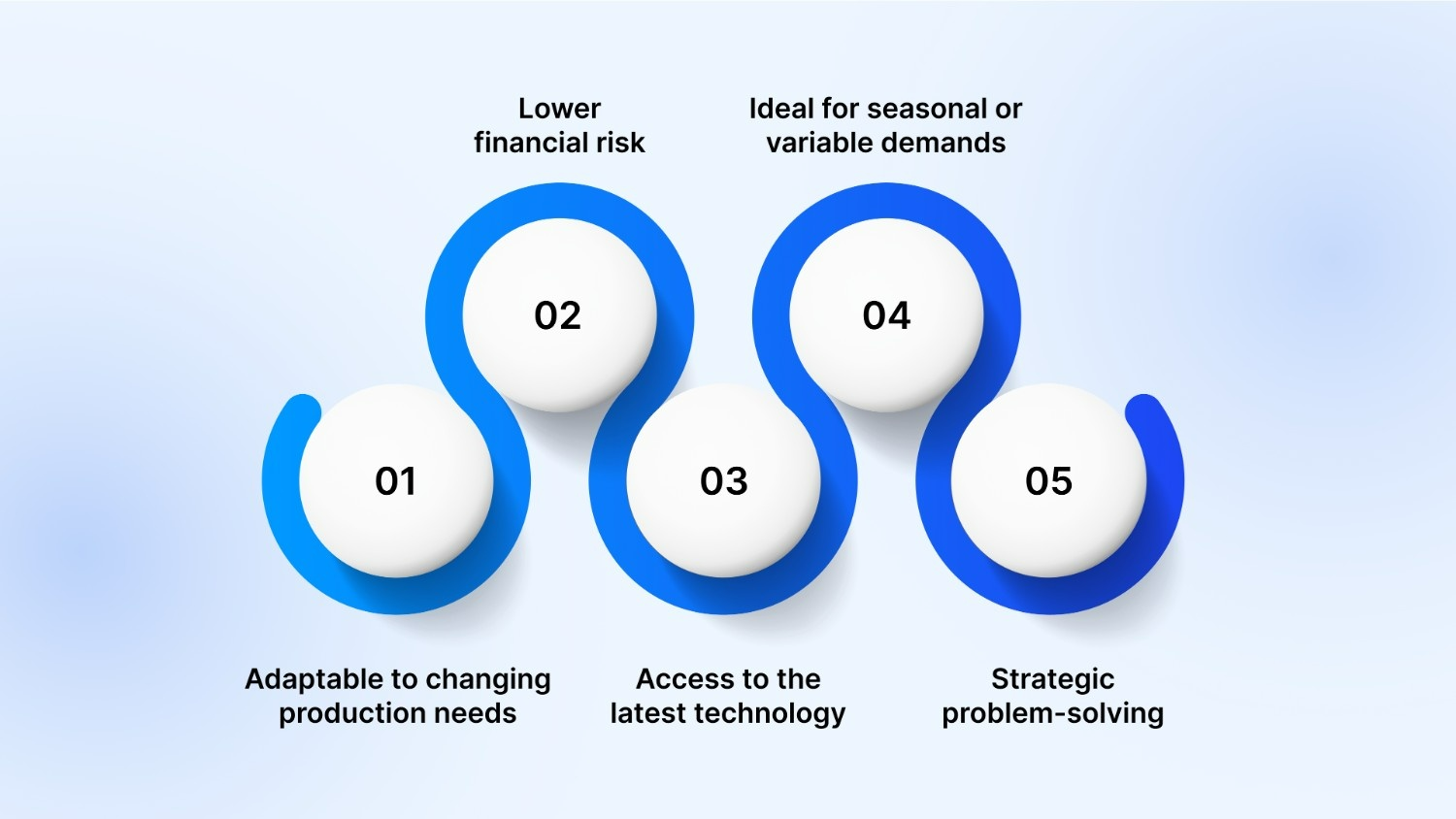
- Adaptable to changing production needs. Quickly scale operations up or down based on order volume or seasonal demand. Flexible equipment allows you to reallocate resources, optimize workflows, and minimize downtime.
- Lower financial risk. Avoid tying up capital in large upfront purchases. Renting or leasing equipment lets you invest in other critical areas, while keeping operations agile and financially resilient.
- Access to the latest technology. Frequent upgrades and rentals ensure your operation benefits from efficiency, safety, and innovation without long-term commitment.
- Ideal for seasonal or variable demands. Perfect for businesses with fluctuating production schedules. You can deploy equipment when needed, return it during slower periods, and maintain optimal staffing and space usage.
- Strategic problem-solving. Rentals and flexible equipment help tackle workflow bottlenecks, reduce idle time, and address unexpected spikes in production without disrupting operations.
Understanding these benefits sets the stage for deciding whether to rent or buy equipment based on your operation’s needs.
Tailored solutions for efficiency. Combining rental equipment with expert guidance like the solutions offered by John Maye Company ensures you match the right tools to each task, enhancing productivity while keeping costs and risk under control.
Financial Benefits of Renting Packaging Equipments
Renting packaging equipment goes beyond operational flexibility, it also strengthens financial planning and reduces risk:
- Treat rentals as operating expenses: Rental fees can be recorded as operating costs rather than capital expenditures, freeing up funds for other critical investments.
- Eliminate costs of idle equipment: Pay only for the equipment you actively use, avoiding sunk costs during slower production periods.
- Test before committing: Assess equipment performance in real-world conditions before deciding on a purchase, ensuring it truly meets your workflow needs.
By adopting a rental strategy, you reduce financial exposure, optimize cash flow, and make smarter investment decisions that align with your production requirements.
Before deciding on best benefits of renting packaging equipment vs. buying, check our How to Choose the Best Packaging Equipment for Your Business? post. It guides selection based on volume, product type, and workflow needs.
Buying Packaging Equipment: A Strategic Investment for Long-Term Control
For businesses with stable production schedules and predictable growth, purchasing packaging equipment can be a powerful operational decision. Buying allows you to gain full control over workflows, optimize processes, and turn equipment into a long-term business asset.
With ownership, you can customize systems to match your specific needs, ensure consistent performance, and integrate equipment seamlessly into your operations.
Once you assess your production demands, cost considerations, and long-term goals, the advantages of buying become clear.
Key Advantages of Buying Packaging Equipment
For operations with predictable production volumes and long-term growth plans, owning packaging equipment can provide strategic advantages:
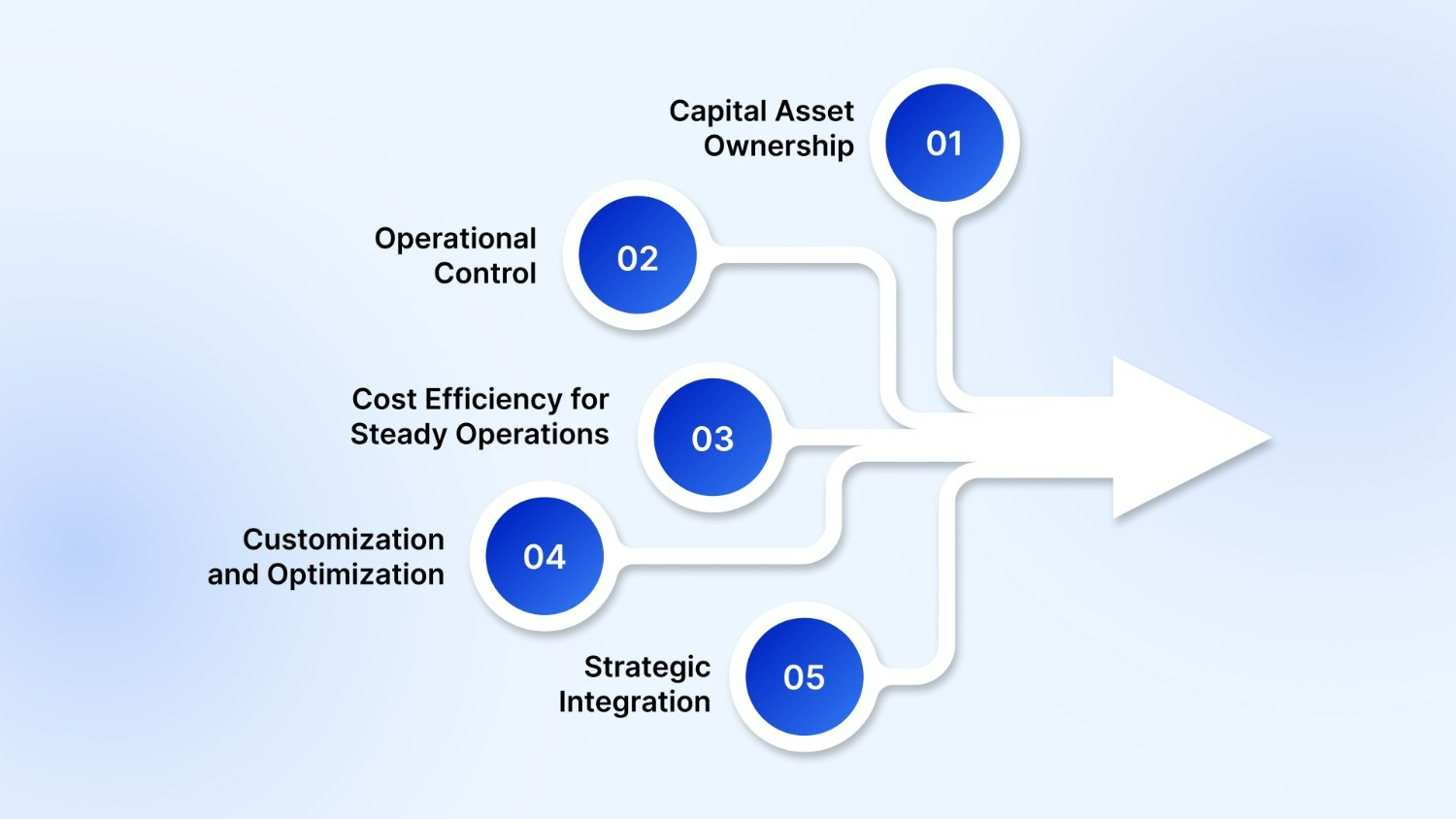
- Capital Asset Ownership: Equipment becomes a tangible asset, contributing to your company’s value and long-term financial planning.
- Operational Control: Full control over schedules, maintenance, and configuration allows alignment with your unique workflow.
- Cost Efficiency for Steady Operations: Avoid recurring rental fees and reduce long-term operational expenses in established production lines.
- Customization and Optimization: Tailor equipment speed, load capacity, and automation features to maximize throughput, quality, and consistency.
- Strategic Integration: Ownership enables deeper integration with supply chain planning, labor allocation, and process optimization initiatives.
Risks and Considerations of Buying Packaging Equipment
- High Upfront Investment: Purchasing requires significant capital, which should be justified by predictable production and ROI potential.
- Ongoing Maintenance Costs: Repairs, servicing, and potential downtime must be managed proactively.
- Technology Obsolescence: Rapid advancements can make equipment outdated, requiring future upgrades or retrofits.
- Reduced Flexibility: Unlike rentals, owned equipment is less adaptable to seasonal or unexpected demand changes.
Strategic Takeaway:
Buying packaging equipment works best for operations with stable demand, predictable growth, and a need for customization or control. Proper planning ensures your investment supports efficiency, quality, and long-term ROI.
Working with John Maye Company helps ensure your purchase aligns with operational strategy, from equipment selection and workflow integration to preventive maintenance and long-term support.
Comparative Insights: Renting vs. Buying Packaging Equipment
Choosing between renting and buying packaging equipment is more than a financial decision, it’s a strategic move that affects operational agility, risk management, and long-term growth.
Evaluating the below key factors can help you align equipment strategy with production goals and workforce efficiency.
Decision-making on best benefits of renting packaging equipment vs. buying should consider business maturity, production consistency, and growth potential.
Executive Takeaway: Many operations combine strategies, renting for seasonal peaks or testing new workflows, while buying core equipment for stable, high-volume processes.
Engaging industry experts like John Maye Company ensures your choices align with operational goals, support ROI, and position your business for growth.
Alternative Approaches for Packaging Equipment
For operations looking to balance cost, flexibility, and long-term potential, alternatives to straight renting or buying can offer a strategic middle ground:
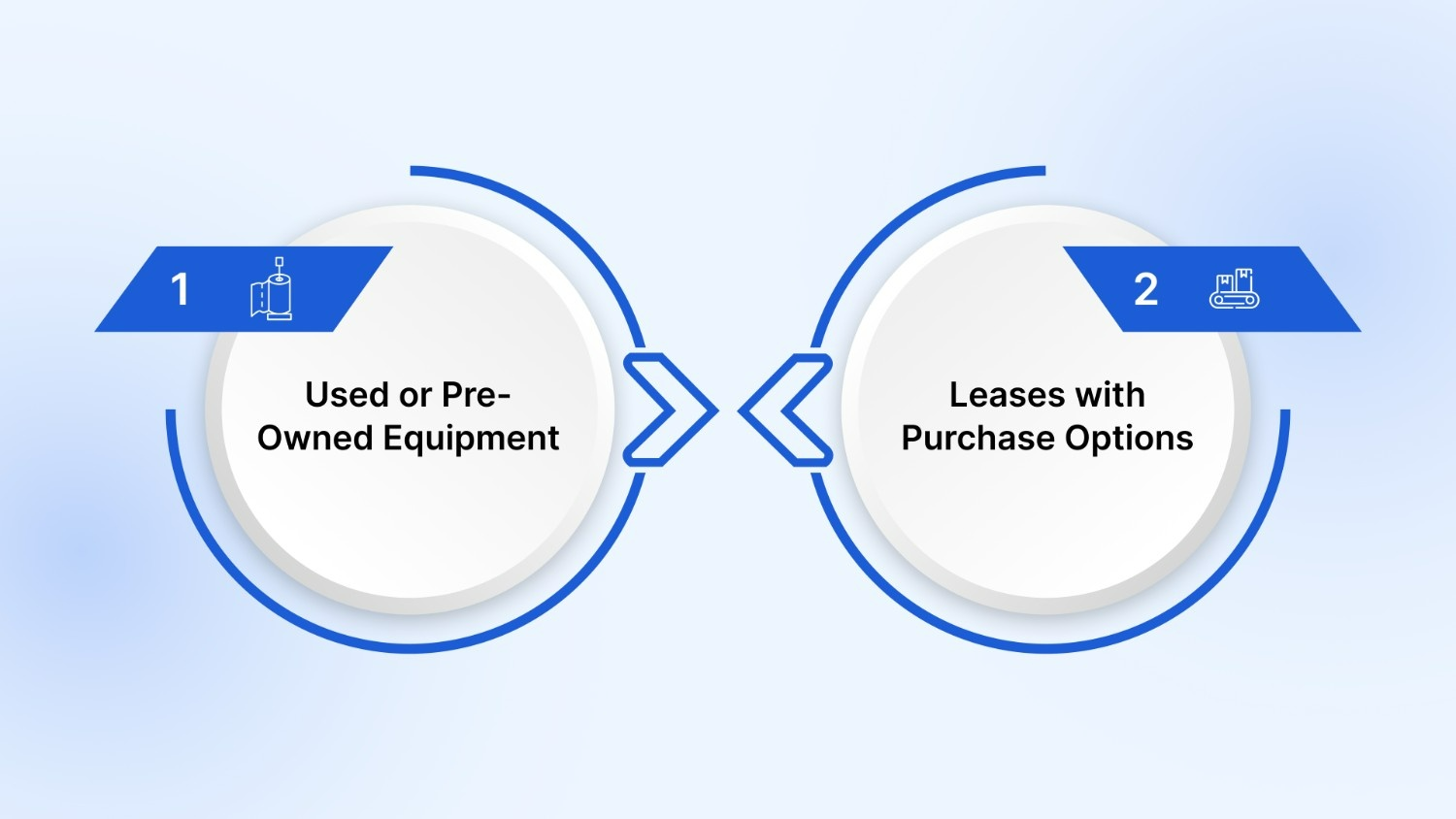
1. Used or Pre-Owned Equipment
- Cost Efficiency: Significantly lower upfront investment compared to new purchases.
- Strategic Fit: Allows businesses to expand capacity quickly without waiting for new equipment deliveries.
- Considerations: Limited availability of specific models, potential higher maintenance requirements, and shorter remaining useful life. Proper inspection and vendor reliability are critical to mitigate risk.
Example: A pre-owned stretch wrap equipment can secure pallets effectively at a fraction of the cost of a new system, while still providing consistent containment and load protection.
2. Leases with Purchase Options
- Flexibility Plus Ownership Potential: Start with a lease to meet short-term or seasonal needs, then convert to ownership if the equipment proves a strong fit.
- Financial Planning: Lease payments can be treated as operating expenses, while eventual purchase preserves long-term asset value.
- Operational Benefits: Enables testing new workflows or technologies without committing significant capital upfront.
Example: Example: Leasing an automatic shrink wrapper, or equipment like palletizing systems from John Maye Company enables a warehouse to manage peak-season shipments effectively, with the option to purchase once the workflow is fully optimized.
These approaches allow businesses to strategically align equipment investment with production needs, financial constraints, and operational growth objectives.
By combining short-term flexibility with potential long-term value, operations can optimize both workflow efficiency and capital allocation.
Making the Strategic Choice: Renting vs Buying Packaging Equipment
Choosing the wrong approach can tie up capital, limit operational flexibility, and slow production, while the right strategy ensures agile workflows, cost efficiency, and long-term operational success.
Choose Renting If:
- Your business faces fluctuating or seasonal demand.
- Flexibility and quick scalability are top priorities.
- Minimizing upfront investment and financial risk is essential.
- You want access to the latest technology without long-term commitment.
- Ideal for startups, seasonal operations, or rapidly growing facilities.
Choose Buying If:
- Production is stable and predictable.
- You have the capacity to invest in long-term assets.
- Customization and equipment ownership are important for workflow optimization.
- You aim to maximize cost-efficiency over continuous operations.
- Best for established enterprises with consistent throughput needs.
The decision often depends on your production volume, workflow variability, and financial priorities, factors that experienced operations teams carefully weigh before committing.
When evaluating buying vs renting case sealers, our Best Tape vs Glue for Case Sealing Applications: Key Differences provides actionable insights for different carton types and line speeds.
How John Maye Helps You With Packaging Equipment?
At John Maye Company, we guide businesses to make smart, strategic decisions about their packaging equipment.
Whether your operation needs flexible rental options for seasonal demand or permanent ownership for steady production, we provide insights, solutions, and support to align equipment choices with your workflow and financial goals.
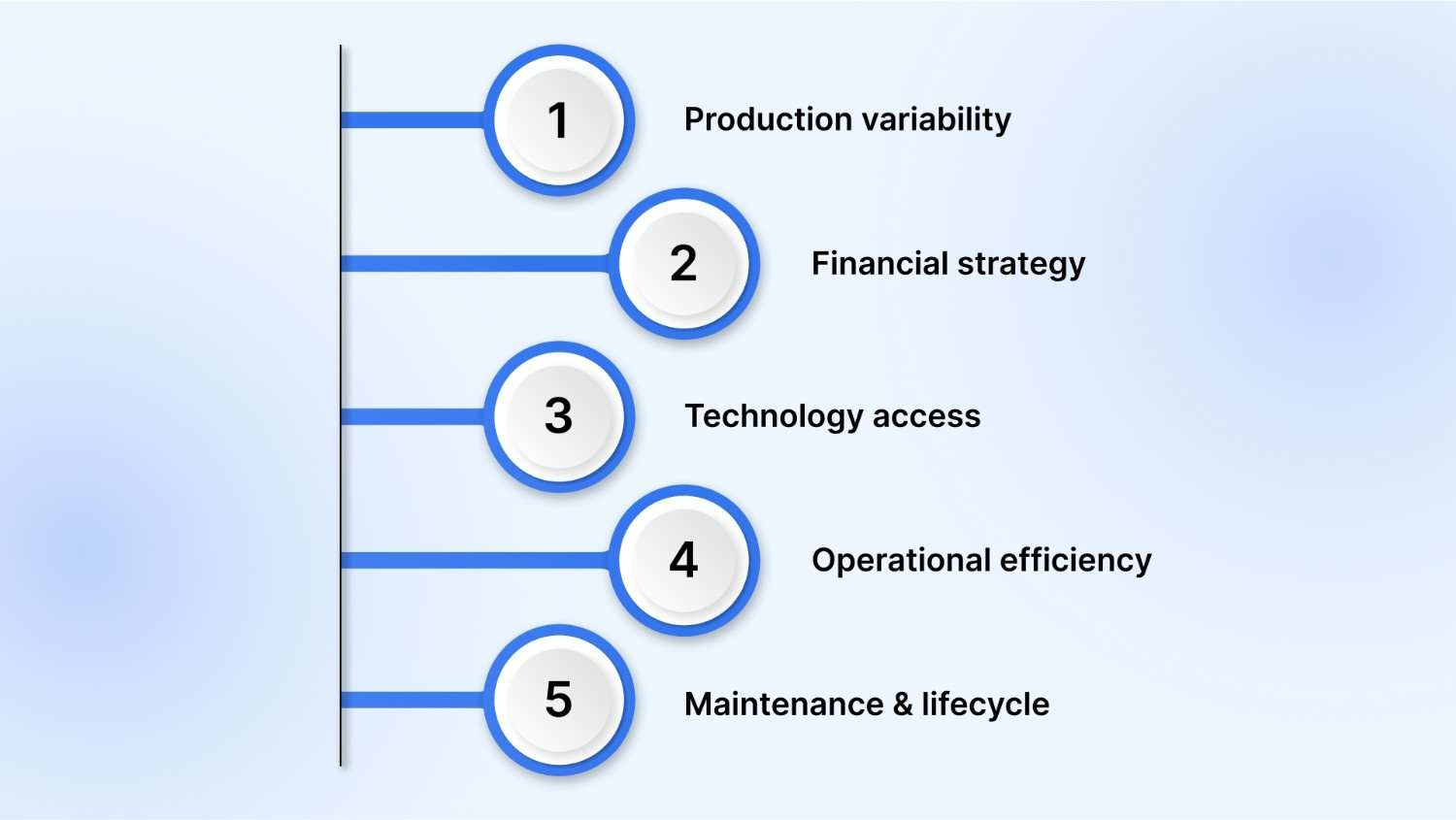
Key factors we optimize for your operation:
-
- Production variability: Choose renting for dynamic workloads or buying for consistent, high-volume operations.
- Financial strategy: Balance upfront investment, operational expenses, and long-term asset value.
- Technology access: Stay current with modern equipment through rental upgrades or invest in custom-owned systems.
- Operational efficiency: Ensure equipment matches throughput requirements, line speed, and workspace constraints.
- Maintenance & lifecycle: Compare rental support and maintenance coverage versus owning and servicing equipment.
With John Maye Company, you minimize downtime, optimize costs, and select equipment that supports both short-term agility and long-term growth.
Contact our experts today to evaluate whether renting, buying, or a hybrid approach is right for your packaging operation.
FAQs
1. When is renting better than buying?
Renting works best for seasonal peaks, short-term projects, or operations seeking flexibility without tying up capital.
2. When should I buy equipment instead of renting?
Buying is ideal for stable operations with predictable workloads and a long-term need for specific machinery.
3. Does renting limit technology access?
No. Rental fleets often include modern, up-to-date equipment, letting you test and operate the latest systems without long-term investment.
4. How does buying impact maintenance responsibilities?
Owned equipment requires scheduled maintenance, repairs, and potential downtime, which must be factored into total cost of ownership.
5. Can I combine renting and buying?
Yes. Many operations buy core equipment for regular tasks and rent additional units for peak demand or special projects.
6. Which approach is more cost-effective?
Cost-effectiveness depends on workload consistency, upfront capital, and flexibility needs. Renting reduces risk, while buying may save money over the long term for steady operations.
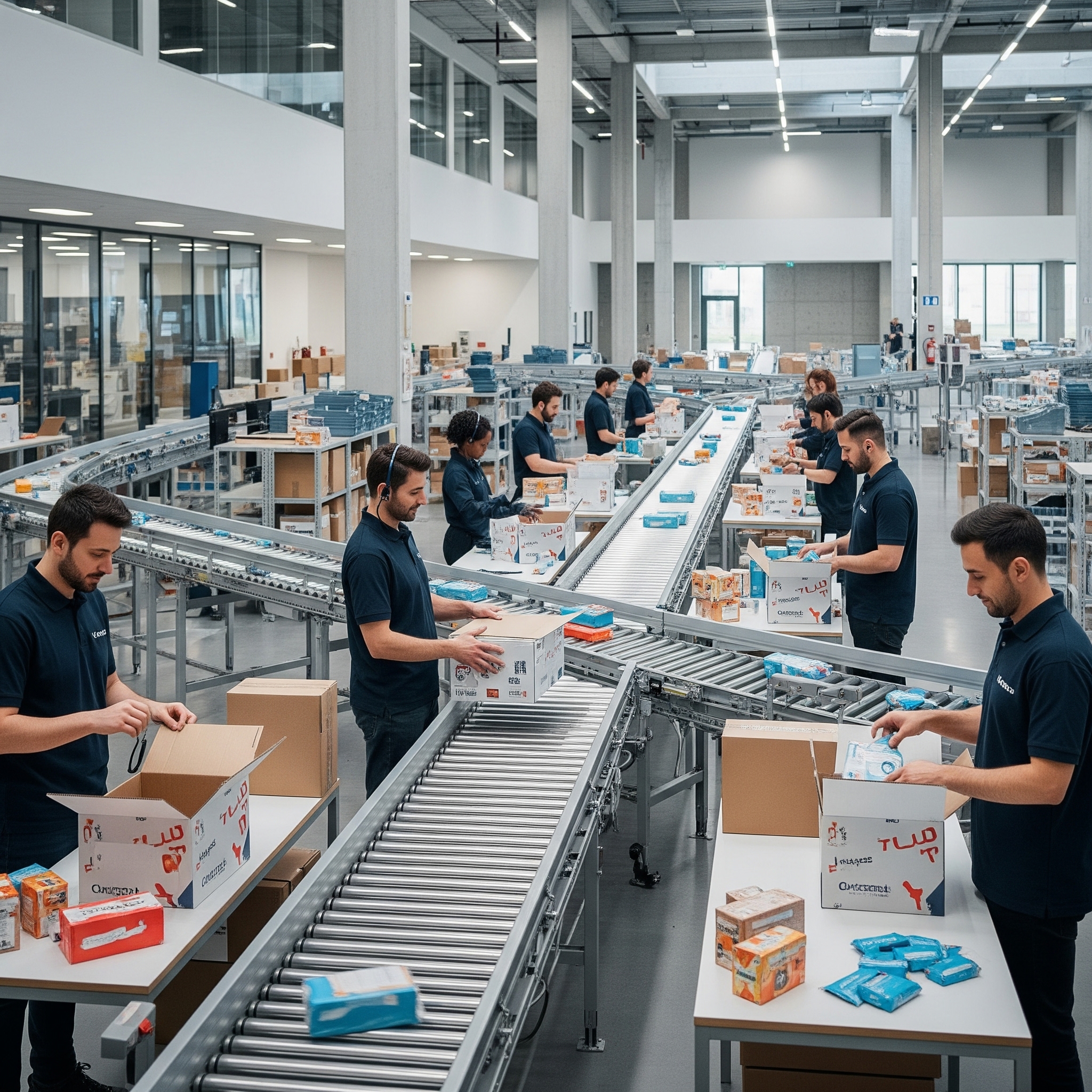
Blogs
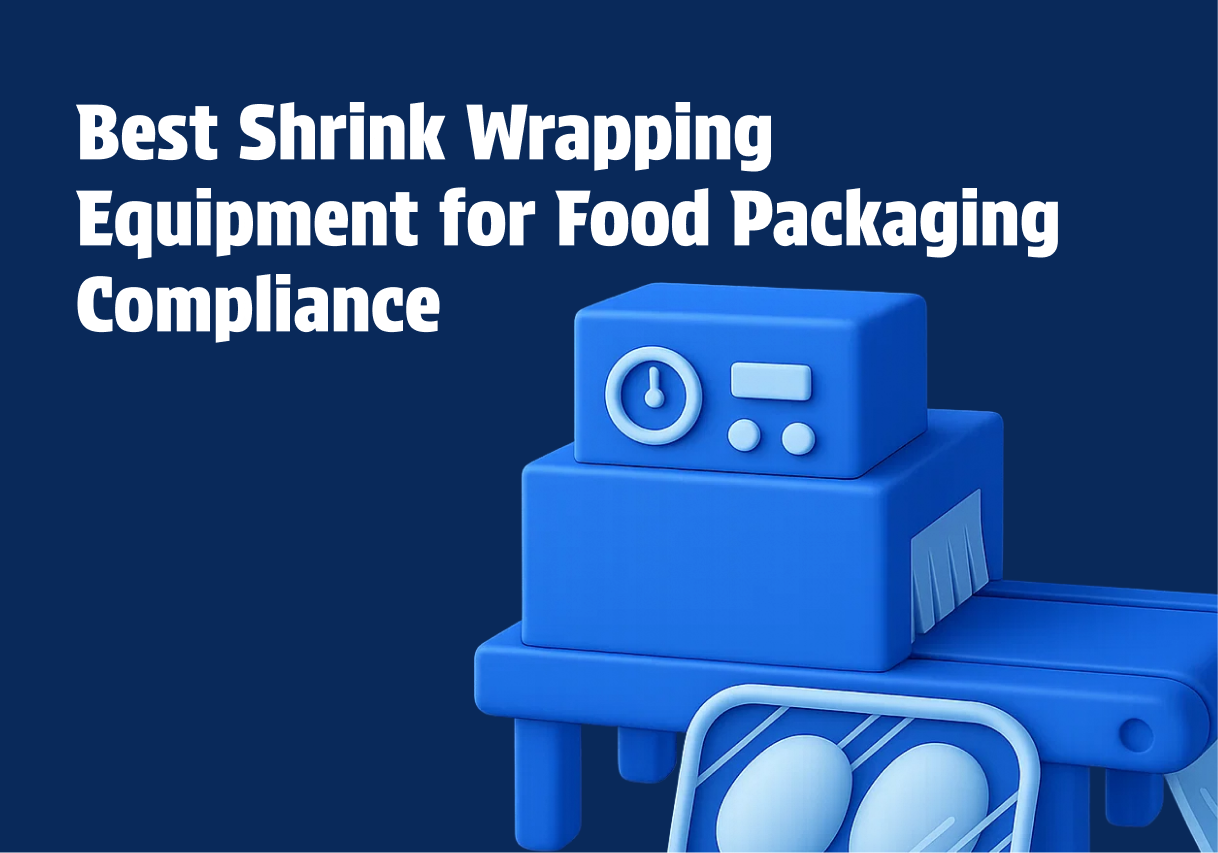
Best Shrink Wrap Machines for Your Business
Discover the best shrink wrapping equipment for food packaging compliance. Conflex offers high automation. Increase efficiency now!
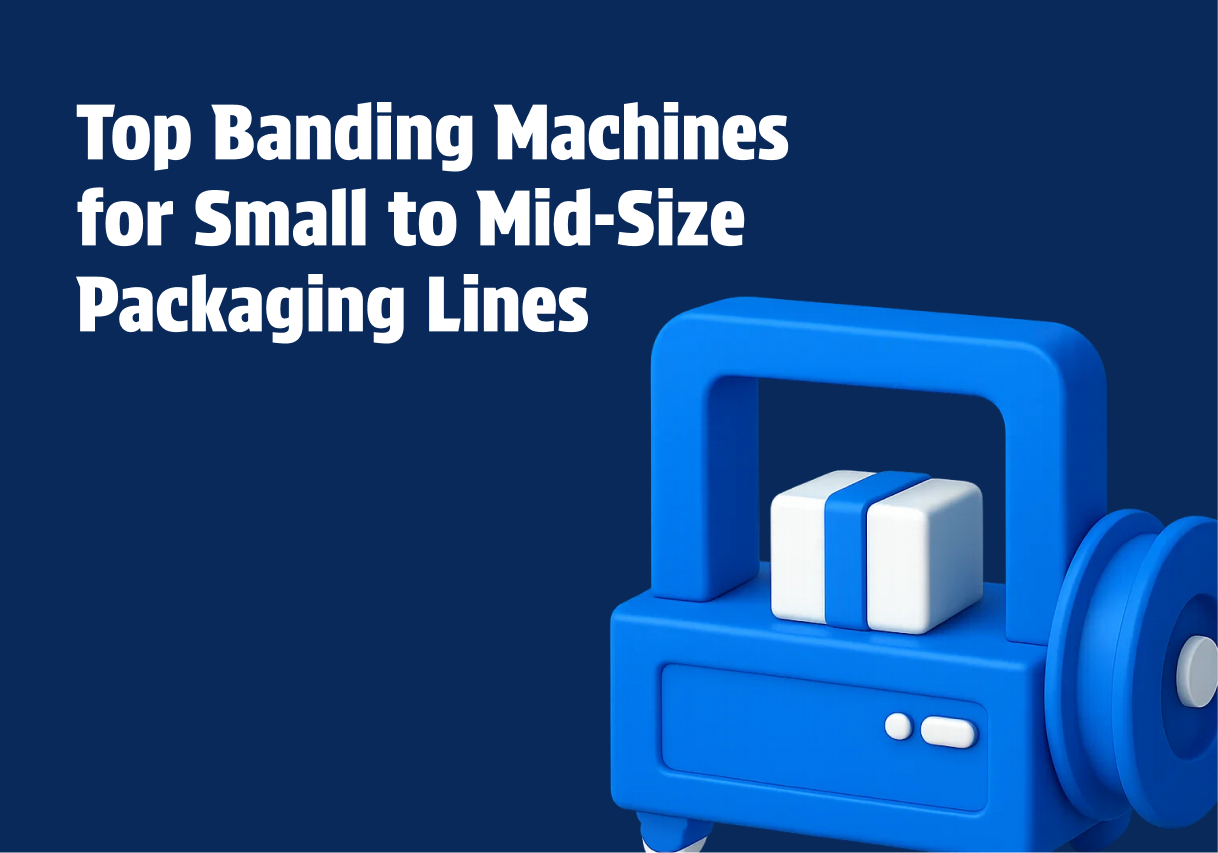
Top Banding Machines for Packaging Solutions
Find top banding machines for small to mid-size packaging lines! Discover flexible automation options and sustainability features. Optimize efficiency today!
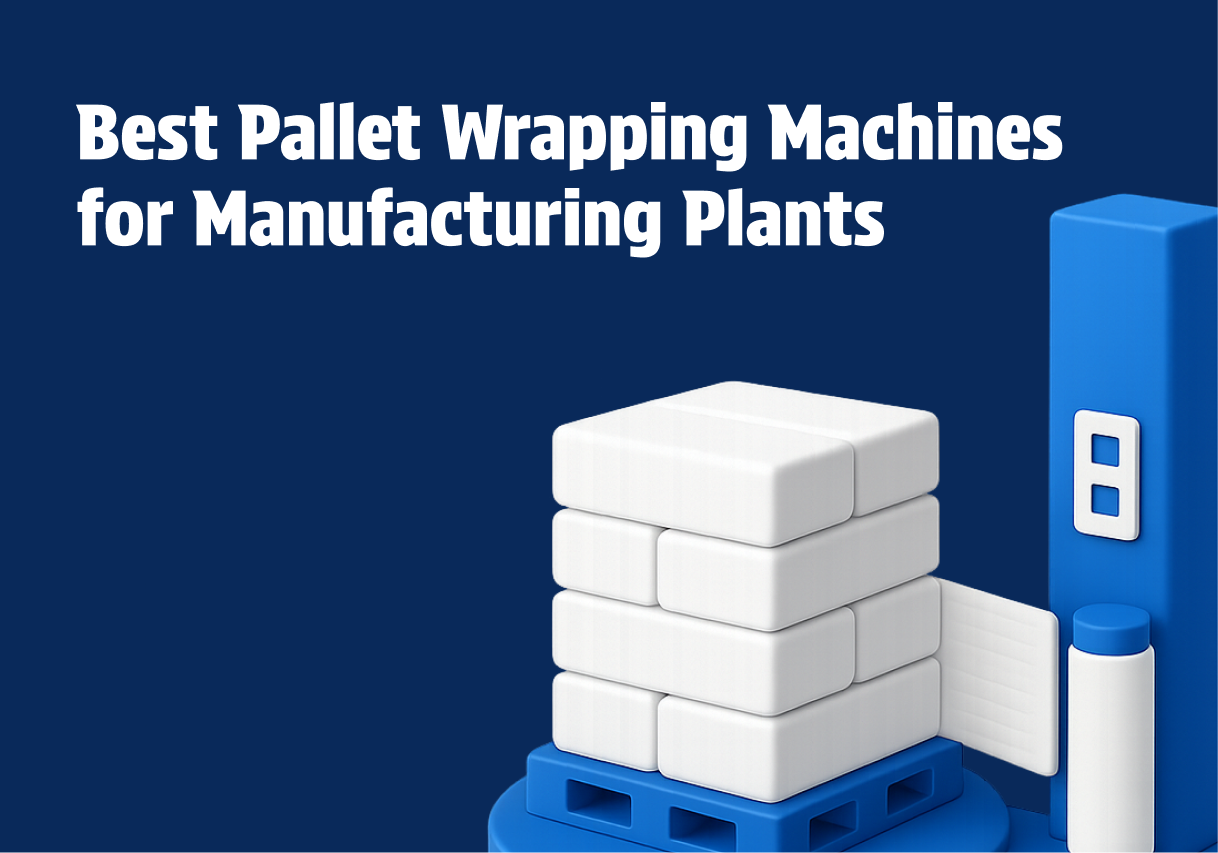
Best Pallet Wrapping Machines for Manufacturing Plants 2025
Explore the best pallet wrapping machines for manufacturing plants in 2025. Learn how to choose, compare key models, and reduce wrapping costs.
